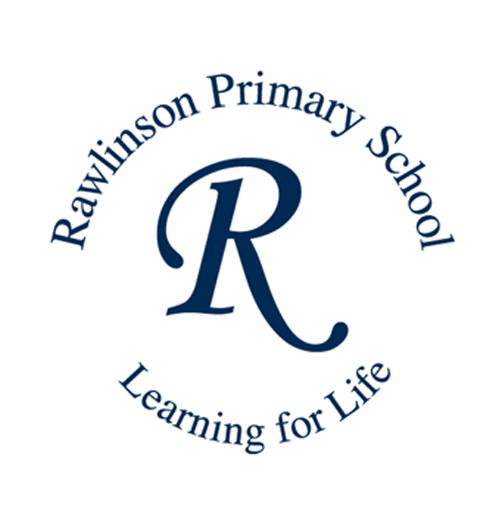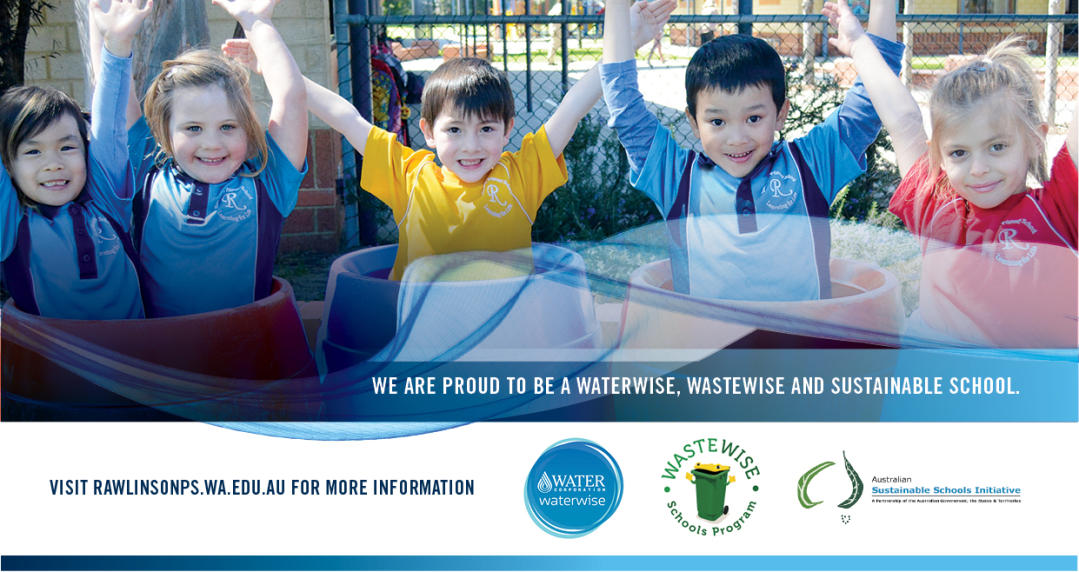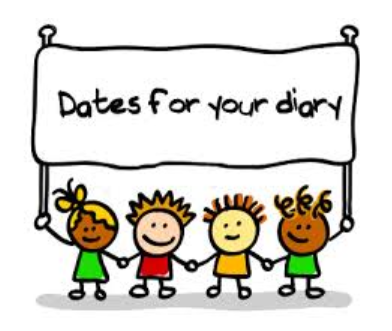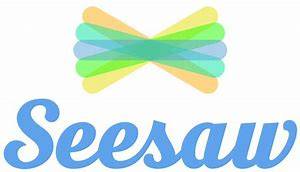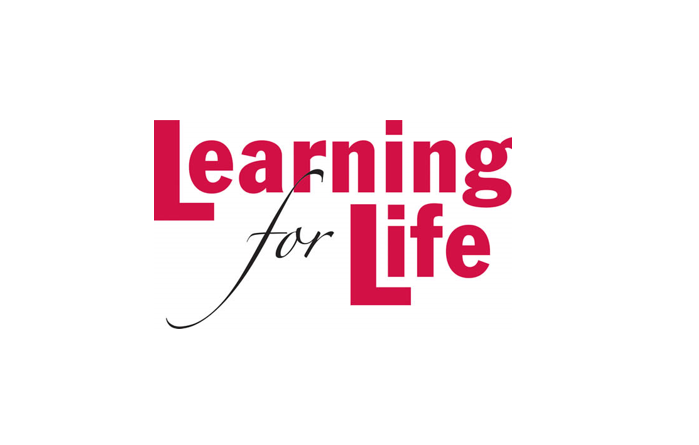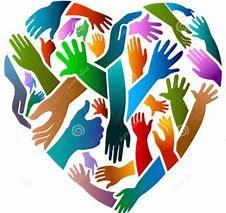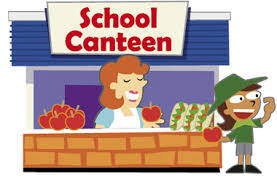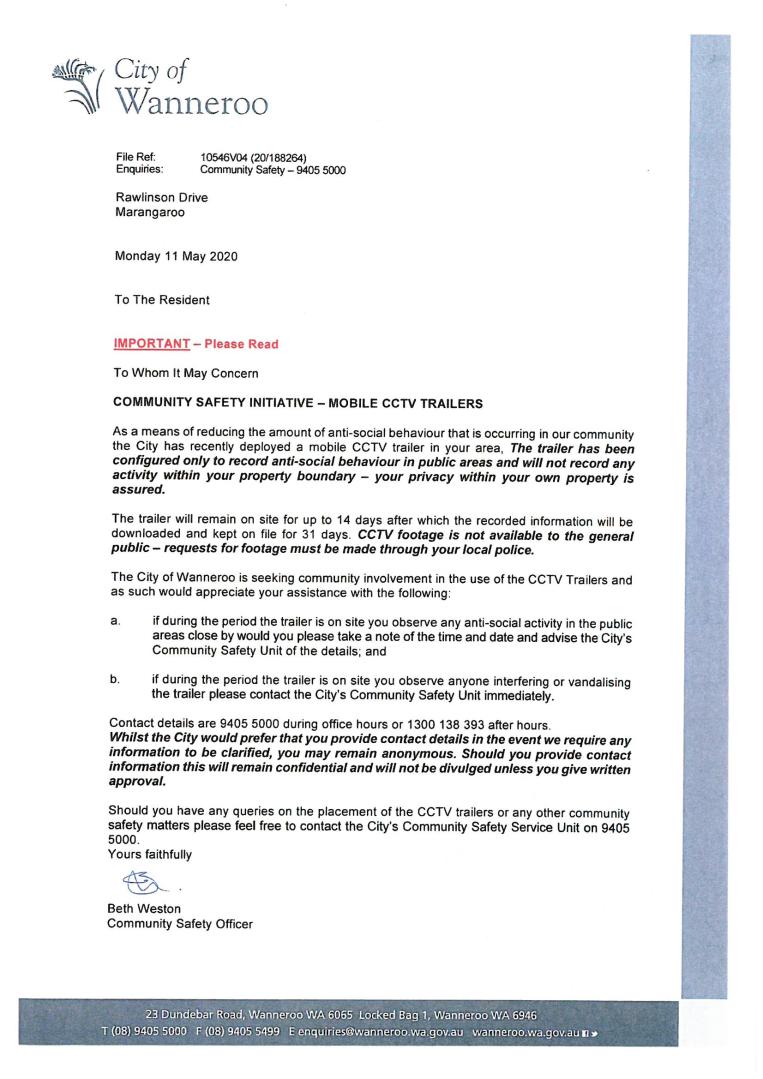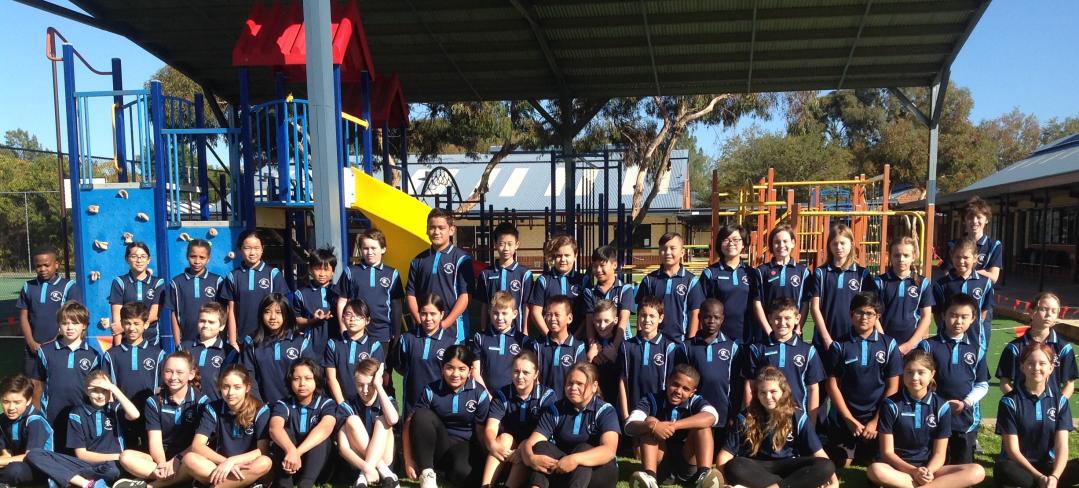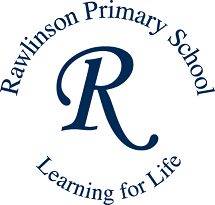Dear Parents
What have we learnt from the last few months? For me, as I watch all of our terrific students come to school, it has been the overwhelming picture of ‘resilience’ and I would like to explain what I mean.
To overcome adversities, children draw from three sources of resilience features labelled: I HAVE, I AM, I CAN.
What they draw from each of the three sources may be described as follows: I HAVE
* People around me I trust and who love me, no matter what.
* People who set limits for me so I know when to stop before there is danger or trouble.
* People who show me how to do things right by the way they do things. (Model)
* People who want me to learn to do things on my own
* People who help me when I am sick, in danger or need to learn
I AM
* A person people can like and love
* Glad to do nice things for others and show my concern
* Respectful of myself and others
* Willing to be responsible for what I do
* Sure things will be all right
I CAN
* Talk to others about things that frighten me or bother me
* Find ways to solve problems that I face
* Control myself when I feel like doing something not right or dangerous
* Figure out when it is a good time to talk to someone or to take action
* Find someone to help me when I need it
A resilient child does not need all of these features to be resilient, but one is not enough. A child may be loved (I HAVE), but if he or she has no inner strength (I AM) or social, interpersonal skills (I CAN), there can be no resilience. A child may have a great deal of self-esteem (I AM), but if he or she does not know how to communicate with others or solve problems (I CAN), and has no one to help him or her (I HAVE), the child is not resilient. A child may be very verbal and speak well (I CAN), but if he or she has no empathy (I AM) or does not learn from role models (I HAVE), there is no resilience. Resilience results from a combination of these features.
Role Models are Parents, other adults, older siblings and peers who act in ways which show the child desired and acceptable behaviour, both within the family and toward outsiders. These people demonstrate how to do things, such as dress or ask for information, and encourage the child to imitate them.
Mums and Dads you are doing a great job of this.
Adults, especially parents, who encourage a child to do things on their own and to seek help as needed, help the child to be independent. They praise the child when he or she shows initiative and independence, and help the child, perhaps through practice or conversation, to do things by themselves.
I have watched the parents and students of Rawlinson Primary School working really hard to be patient, caring role models who are struggling with their overwhelming desire to protect and the knowledge that, for their children to be the best, they need to let go.
Parents, what we have learnt must be maintained. We, as a team, need to continue to be the best role models that we can be and together, support your children to develop resilience by allowing them to learn to do things on their own.
We have been tested and we should be proud of ourselves and our children.
Darryl Dedman
